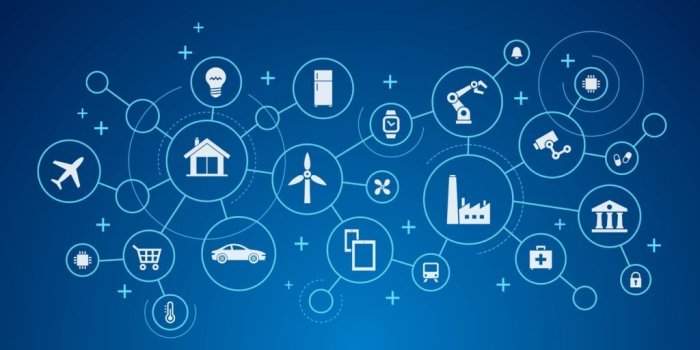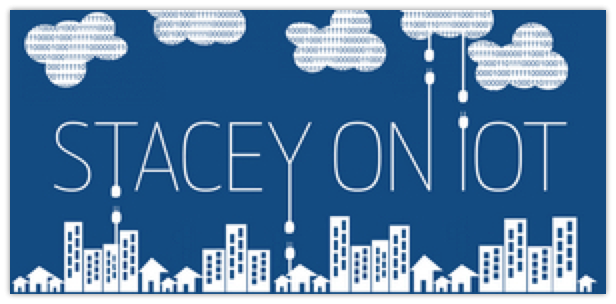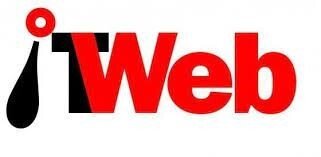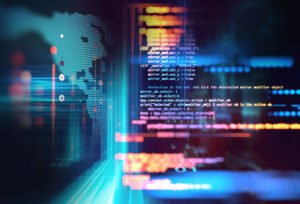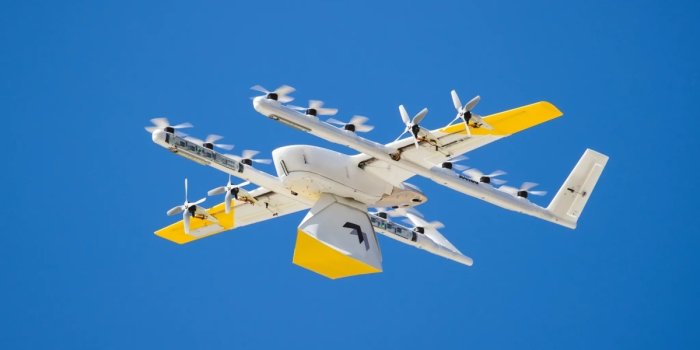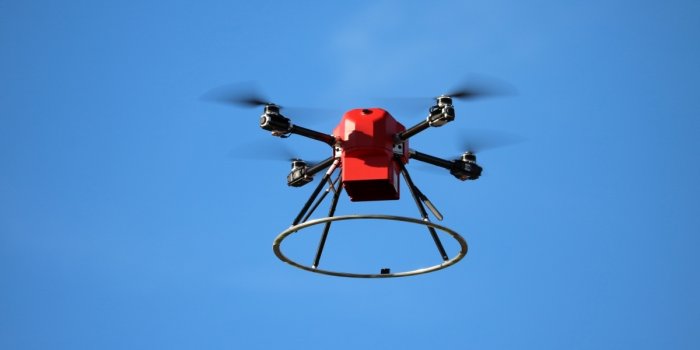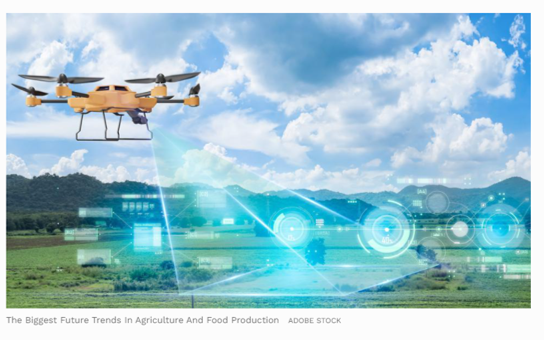5 ways IoT can improve manufacturing downtime
- Technology Solutions
- 0 Replies
IoT technology in the manufacturing industry lets businesses implement digital transformation. The technology includes advanced sensor devices, gateway connectivity, and a dashboard for the managers to simplify their workload and improve all aspects of industrial production.
It can be quite difficult for manufacturing industries to keep an eye on machine health. It affects performance, and when a piece of equipment causes failure or faces downtime, it disrupts production, incurs costs and damages business processes.
It is usually caused by unplanned maintenance of the machine, tool breaks, undefined adjustments and unattended leakages. Every minute the machine is left unaddressed during its downtime phase, excess revenue is likely to get lost.
Such challenges discourage production and cause untimely delays, leading to huge maintenance costs. The managers thus seek a better solution upon which they can rely and gain valuable insights to minimize the challenges – and IoT technology is one option.
IoT in the manufacturing industry
The manufacturing sector is loaded with giant pieces of machinery and all kinds of equipment that contribute to the production process. IoT technology uses sensor devices, gateway connectivity and an operable dashboard, which form a complete IoT architecture that gets installed with the existing industrial setup. This setup provides a reliable source of processing with the industrial operations according to managerial, manufacturing or business parameters.
A main goal of IoT within manufacturing is smart factory creation. Many manufacturers opt to install smart software within their businesses and IoT technology. It strongly boosts a brand image for any business and ensures productivity along with scalability. IoT transforms many industries through advanced techniques; manufacturing is no exception.
Continue reading: https://internetofthingsagenda.techtarget.com/post/5-ways-IoT-can-improve-manufacturing-downtime
It can be quite difficult for manufacturing industries to keep an eye on machine health. It affects performance, and when a piece of equipment causes failure or faces downtime, it disrupts production, incurs costs and damages business processes.
It is usually caused by unplanned maintenance of the machine, tool breaks, undefined adjustments and unattended leakages. Every minute the machine is left unaddressed during its downtime phase, excess revenue is likely to get lost.
Such challenges discourage production and cause untimely delays, leading to huge maintenance costs. The managers thus seek a better solution upon which they can rely and gain valuable insights to minimize the challenges – and IoT technology is one option.
IoT in the manufacturing industry
The manufacturing sector is loaded with giant pieces of machinery and all kinds of equipment that contribute to the production process. IoT technology uses sensor devices, gateway connectivity and an operable dashboard, which form a complete IoT architecture that gets installed with the existing industrial setup. This setup provides a reliable source of processing with the industrial operations according to managerial, manufacturing or business parameters.
A main goal of IoT within manufacturing is smart factory creation. Many manufacturers opt to install smart software within their businesses and IoT technology. It strongly boosts a brand image for any business and ensures productivity along with scalability. IoT transforms many industries through advanced techniques; manufacturing is no exception.
Continue reading: https://internetofthingsagenda.techtarget.com/post/5-ways-IoT-can-improve-manufacturing-downtime





